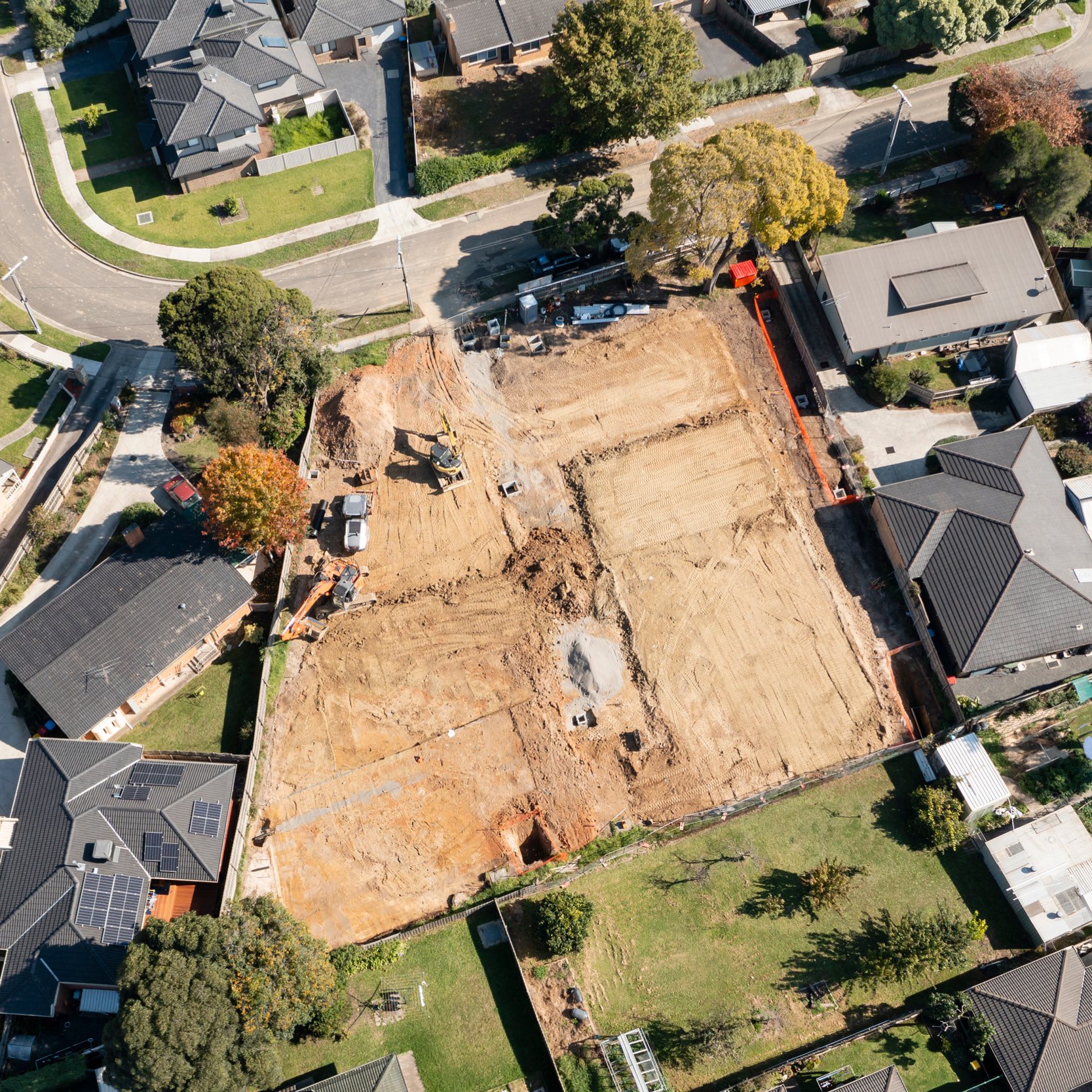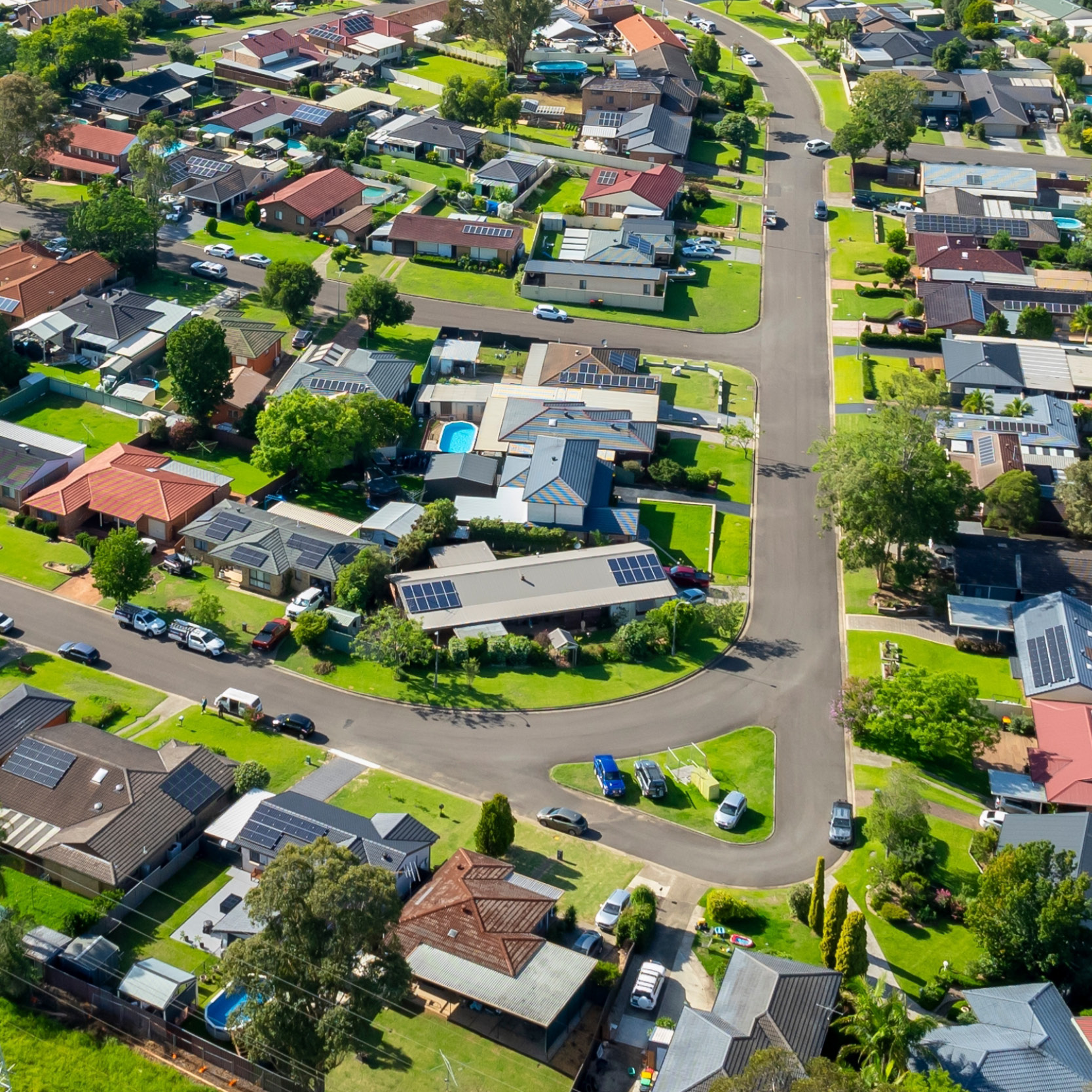Market value six weeks too early: Supreme Court of Queensland determines dispute about construction of an infrastructure agreement
By Nadia Czachor and Victoria Knesl
The case of Palm Cove Nominees Pty Ltd v Cairns Regional Council & Anor [2023] QSC 289 concerned an originating application to the Supreme Court of Queensland (Supreme Court) by a developer, Palm Cove Nominees Pty Ltd.
In brief
The case of Palm Cove Nominees Pty Ltd v Cairns Regional Council & Anor [2023] QSC 289 concerned an originating application to the Supreme Court of Queensland (Supreme Court) by a developer, Palm Cove Nominees Pty Ltd (Applicant), for a declaration to avoid being contractually bound by the market value determination with respect to a land contribution purported to be made under an infrastructure agreement with the Cairns Regional Council (Council).
The Applicant argued that the valuation was not a valuation as required by the infrastructure agreement.
The issues for the Supreme Court to consider were as follows:
-
what is the required process under the infrastructure agreement;
-
whether the timing for the valuation meant it was not a valuation as required by the infrastructure agreement; and
-
whether the methodology used for determining the valuation meant it was not a valuation as required by the infrastructure agreement.
The Supreme Court held that the valuation determination six weeks before the contribution of the land was not in accordance with the infrastructure agreement which required the valuation to be determined at the date of the land contribution. Consequently, the Supreme Court made a declaration that the market value determination for the land contribution did not accord with the requirements under the infrastructure agreement. Thus, the Applicant was not contractually bound by the market value determination for the land contribution.
Background
The Applicant owns land at Cedar Road, Palm Cove which is being developed into thirty-six residential lots. To secure a development approval for the reconfiguration of its land, the Applicant contributed a portion of the land to the Council to accommodate a transport link next to the Applicant's residential property development. The Applicant and the Council entered into an infrastructure agreement that set out the process for determining the market value of the land contribution. However, the Applicant was disappointed by the valuation and sought a declaration in the Supreme Court to avoid being contractually bound on the basis that the valuation was not a valuation as required under the infrastructure agreement because of the timing of the valuation and the adopted methodology used.
Clause 7.3
Clause 7.3(d) of the infrastructure agreement provided for the parties to agree to the market value of the land contribution or to submit to an independent valuation process as follows (at [4]):
"'Where the parties fail to agree on the Market Value of the Land Contribution after each having obtained independent valuation reports, the Market Value of the Land Contribution is to be determined by a third independent Valuer agreed between the parties. The third independent Valuer acts as an expert, not as mediator or determinator for clause 12.6 of this agreement, and his/her valuation is binding on the parties.' (emphasis added)"
Valuation process
The Supreme Court identified the following relevant matters, facts, and circumstances in regard to the valuation process for determining the market value of the land contribution:
-
"Land and works contributions were required by the infrastructure agreement. For those contributions the [Applicant] is entitled, pursuant to cl 7.1 of the infrastructure agreement, to an offset or refund against levied charges in an amount referred to as the 'relevant amount'" (at [3]).
-
"The parties accept under clause 7 the relevant amount for land contributions is the market value of the land contribution" (at [3]).
-
"Clause 7.3 provides for the parties to agree to the market value of the land contribution or to submit to an independent valuation process, stipulated by cl 7.3(d)…" (at [4]).
-
The parties did not agree on the market value of the land contribution and thus engaged Wesley Coates (Independent Valuer) pursuant to clause 7.3(d) (at [5]).
-
"Part of the valuation process included the parties' joint obtaining of counsel's advice regarding the date on which the market value of the land contribution was to be determined. The effect of counsel's advice was that the relevant market value of the land contribution was its value as at the date of its transfer" (at [5]).
The Supreme Court went on to find that although the value of land can change over time, the relevant market value must logically be determined at the time of the land contribution.
Supreme Court finds non-compliance with the infrastructure agreement because the valuation was done six weeks prior to its transfer
The Independent Valuer had determined the market value of the land on 2 September 2022, being six weeks earlier than the date of the land contribution on 19 October 2022 (at [6]). Therefore, the Applicant did not get what it bargained for under the infrastructure agreement and was correct to complain about the timing of the valuation determination (at [7]).
The Council made two arguments about the timing of the valuation (see [8] and [9]):
-
"[T]he six week temporal difference is a trivial one, a complaint of form rather than substance, so that despite it the valuation ought to be characterised as the market value of the land contribution."
-
"[T]here would have been no material change in the land's value in the six week period between the date of the assessed market value and the actual date of the land contribution."
In respect of the first argument, the Supreme Court held that the valuation was a mere guess of the market value of the land at the time the land was contributed because whether the valuation was the same as the market value of the land at the time the land was contributed was unknown as a result of the valuation determination being six weeks before the land contribution.
In respect of the second argument, the Supreme Court considered the possibility that the Independent Valuer had been aware of recent transactions that would have materially altered the value of the land contribution at the time of the assessment in early 2023. However, the report provided by the Independent Valuer contained no information about the valuation of comparable properties after the date of assessment. Consequently, the Supreme Court could not infer that any potential difference between the valuation determined and the valuation as at the date of the land contribution would be so minor that there would be no utility in Granting the declaration sought by the Applicant.
The Supreme Court went on to explain that the parties were both entitled to the valuation they had bargained for and that they did not get it. Thus, "[t]he valuation determination was not a determination of 'the market value of the land contribution' within the meaning of cl 7.3 because it assessed the market value as at a date…[that was] prior to the date the land was contributed…" (at [13]).
The Supreme Court found that intervening to provide declaratory relief would be appropriate in the circumstances.
Supreme Court finds that the Independent Valuer's valuation methodology complied with infrastructure agreement
When determining the market value of the land contribution, the Independent Valuer considered the value of the land to the parent site in its englobo form. The Applicant contended that this was the wrong approach and that the value of the land ought to be by reference to the reconfigured parent site to account for the future value of the lots created and remaining in the Applicant's possession after the land contribution from the parent site. For this reason, the Applicant argued that even if the Independent Valuer's determination was of the market value of the land at the time the land was contributed it would not fall within the meaning of a "market value determination" under clause 7 of the infrastructure agreement.
The Supreme Court found the following three obstacles to the Applicant's argument:
-
The parties "…made a choice to adopt a commercially expeditious method of calculating the relevant amount for land contribution" (at [17]).
-
"[T]he argument it necessarily relied upon to avoid the confining effect of the [relevant] principles was premised upon an unsustainable construct" (at [19]).
- "[H]aving regard to the value of the land at the parent site in its englobo form was not all the valuer did" (at [21]).
The Supreme Court emphasised that the land was not compulsorily acquired but rather contributed in an exercise of free commercial choice. In addition, the infrastructure agreement failed to prescribe a particular valuation methodology and left the choice of methodology to the expertise of the Independent Valuer. Consequently, the Supreme Court held that it was "…no more than a complaint about the process of the valuer's application of expertise to make an expert determination, a process by which the [Applicant] agreed to be bound" (at [22]).
Conclusion
The Supreme Court found in favour of the Applicant and declared the valuation of the Independent Valuer to not be a determination of "the market value of the land contribution" within the meaning of clause 7.3 of the infrastructure agreement, because the valuation determination was carried out on 2 September 2022, six weeks prior to the date the land was contributed on 19 October 2022.


